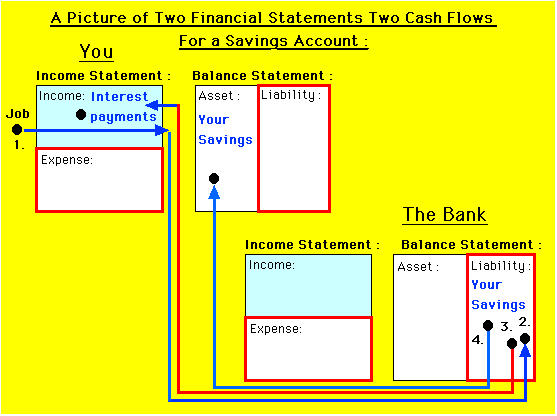California municipal bonds offer investors a rich if risky opportunity
Post on: 13 Апрель, 2015 No Comment

By Kathy M. Kristof
Saturday, January 29, 2011; 5:17 PM
In an era of meager yields, a 7 percent-plus return on a seemingly safe municipal bond might appear irresistible. But if you’re an investor in California tax-free bonds, you know firsthand just how resistible that deal can be.
Reacting to concerns about rising inflation and California’s ballooning budget deficit, investors have been walking away from California munis in droves. To buy California bonds right now, you really need a cast-iron stomach, says Marilyn Cohen, president of Envision Capital Management, a firm that specializes in fixed-income investments.
Yet every disaster brings opportunity. Thanks to a sell-off in California bonds in the fall, some issues boast terrific yields (bond prices move in the opposite direction of yields). In early December, 15-year California general-obligation bonds — those backed by the state’s general taxing authority — yielded 5 percent to maturity. Because interest on muni bonds is exempt from federal income taxes, that was equivalent to a taxable yield of 7.7 percent for non-California residents in 2010’s top federal tax bracket of 35 percent. For Californians, who don’t pay state income taxes on interest from bonds issued by California entities, the taxable-equivalent yield was as high as 8.5 percent.
But before you think about investing in California bonds, you need to understand the severity of the state’s woes. California faces a $25.4 billion budget shortfall over the next 18 months. The deficit is roughly twice what legislators had predicted as recently as November.
If California were a corporation, its insatiable appetite for debt would be prompting concerns about default. But as a government able to levy taxes when its coffers run dry, it’s unlikely that California will renege on its general-obligation bonds.
Barring thermonuclear war, California will not default, says Scott Cottier, a portfolio manager with the Oppenheimer funds.
The muni-bond market is heterogeneous, and the health of state and local entities varies enormously. Moreover, about two-thirds of the muni market nationally consists of revenue bonds, which are backed solely by the revenue generated by a bond-supported project, such as a hospital or a highway. The income stream behind some revenue bonds is so stable that experts consider these IOUs to be as safe as general-obligation bonds. For example, Cohen says he thinks revenue bonds issued by the Los Angeles and San Francisco airport authorities are solid. But revenue bonds can be risky. About 90 percent of the muni issues that default are revenue bonds that bet on the health of a single project, says senior analyst Matt Fabian, of Municipal Market Advisors, a research firm based in Concord, Mass.
Complicating matters for all muni investors is the uncertain future of income-tax rates. If tax rates were to rise, the tax-free interest that munis generate should make the bonds more valuable. At the same time, some deficit cutters are looking to curtail the muni-interest tax break. If approved, such a move would undermine the attractiveness of muni bonds and almost certainly hurt their value.
What to do: None of this takes into account what is probably the biggest threat to bond investors of all stripes — rising inflation and interest rates. Regardless of which state’s bonds you’re buying, the best strategy now is to keep maturities short, not much more than five years. In early December, a five-year California general-obligation bond, rated single-A for quality, yielded 3 percent. That’s equivalent to 4.6 percent for a high earner outside of California and up to 5.1 percent for in-state residents. By contrast, a five-year Treasury bond yielded 1.6 percent.
- Kiplinger’s Personal Finance














